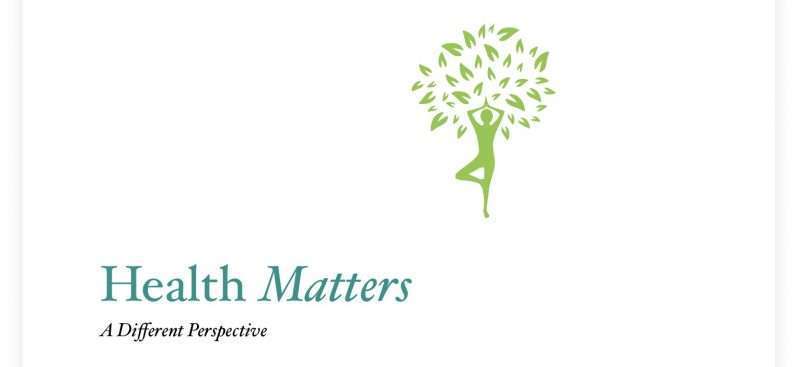THE FOOD GUIDE PYRAMID – Is it all one big FAT lie ?
For over 40 years now, we’ve been fed the line that consuming full-cream dairy, cheese, butter, eggs and animal fat (all of which contain saturated fats) is bad for your health… that if we want to avoid having a heart attack or a stroke, we would be best advised to restrict fats to <10% of our dietary intake.

In 1992, this advice was enshrined by the USDA – the US Department of Agriculture – in a powerful and enduring icon – the Food Guide Pyramid. This assigned grains and carbohydrates to the wide base of the Pyramid: fruit and vegetables to the ample midsection; then dairy, eggs, lean meats, nuts and beans to the tapering upper section; and finally topping off the peak of the pyramid with fats (especially saturated fats).
The Pyramid concept has since undergone several modifications but the essential message has remained the same – that saturated fat is the enemy.
But is this all a bunch of baloney?
Where did the USDA come up with the notion that fats are detrimental
to your health, in the first place?
It was Dr Ancel Keys, co-developer of the famous imperishable US Army K- rations of World War II, who first proposed a link between dietary fat and heart disease, based on his observation of the high rates of heart disease in the post-war populations of well-fed American men compared with their nutritionally deprived counterparts in Europe. His famous Seven Countries Study of the 50’s and 60’s, which compared the dietary habits and health outcomes in 12,000 men in seven nations – Italy, Greece, The Netherlands, Yugoslavia, Finland, Japan and the U.S.- found a direct correlation between levels of dietary fat and heart disease.
This helped land Keys in 1961 on the cover of TIME, in which he admonished Americans to reduce the fat calories in their diet by a third if they wanted to avoid heart disease. His characterisation of saturated fats as harmful has prevailed and has become entrenched in the official guidelines of dietary advice. It has since proved remarkably difficult to dislodge.
However, there was a fundamental problem with the type of study Keys undertook, namely that it was simply an observational study from which one can only infer correlation not causation. There are just too many uncontrolled variables and confounding factors in the mix. The fact that Keys did not find smoking, activity levels/exercise or weight had any bearing on the incidence of heart disease, should have been a red flag. It is also telling that a higher sucrose intake could just as easily have explained the correlation with heart disease.
A vast pool of evidence has since accumulated from both randomised controlled studies (which carry much more clout in the hierarchy of scientific evidence), as well as many repeated observational studies, refuting the harmful role of fat. A recent state-of-the-art review of the subject, published last year in the American Journal of Cardiology, found “no beneficial effects of reducing saturated fat intake on cardiovascular disease and total mortality”.
PLEASE HELP US TO GROW FREMANTLE SHIPPING NEWS
FSN is a reader-supported, volunteer-assisted online magazine all about Fremantle. Thanks for helping to keep FSN keeping on!
There is even a growing opinion among nutrition scientists that cutting back on saturated fats is doing more harm than good. The problem is that when people reduce the amount of fat they eat, they tend to replace it with processed food, snacks and carbohydrates, which can lead to a higher risk of diabetes and obesity – both of which are unquestionably linked to an increased risk of heart disease.
Concern has also been expressed about the invidious role played by various industries (such as the breakfast cereal, margarine and corn oil producers) which lobby intensely to promote carbohydrates and vegetable oils as the principal building blocks in the Food Guide Pyramid and continue to demonise saturated fat.
It’s high time for a change in thinking.
Perhaps a more rational public health policy would be to emphasise the dangers of excessive sugar intake from the consumption of processed foods, snacks and soft drinks and to downplay the now questionable concerns about saturated fats. Given that human beings evolved to eat foods that are available in the natural environment, it doesn’t seem logical to advise the population against eating red meat, full-fat dairy, and eggs, in the name of saturated fat.
My intention in holding up a sceptical lens to the Food Guide Pyramid is not, however, to encourage a wholesale “pig out” on saturated fats but rather to suggest that one adopt a more middle-of-the-road, healthy menu which emphasises natural, rather than processed foods, avoids sugar and does not preclude eating eggs, cheese, butter, full cream milk and yoghurt – even a steak with béarnaise sauce, if you have the mind to! The spirit of my message is embodied in the old saying, “everything in moderation”.
* This article was written by Anthony J Edis MB, BS, (Hons), MD, FACS, FRACS.
In case you missed Dr Edis MD’s previous article on intermittent fasting, here it is!
PS. In case you’re wondering where Statins fit into all of this, don’t miss the next instalment of Health MATTERS.







